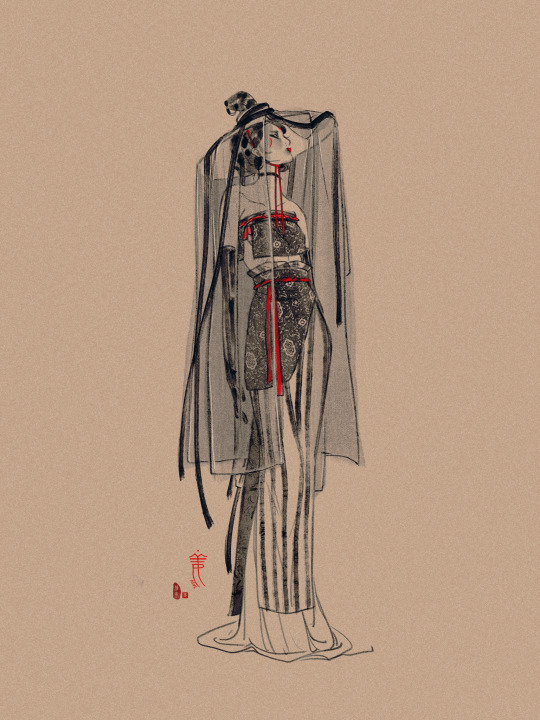#hanfu
Text
[Hanfu · 漢服]Chinese Late Warring States period(475–221 BC) Traditional Clothing Hanfu Based On Based On Chu (state)Historical Artifacts
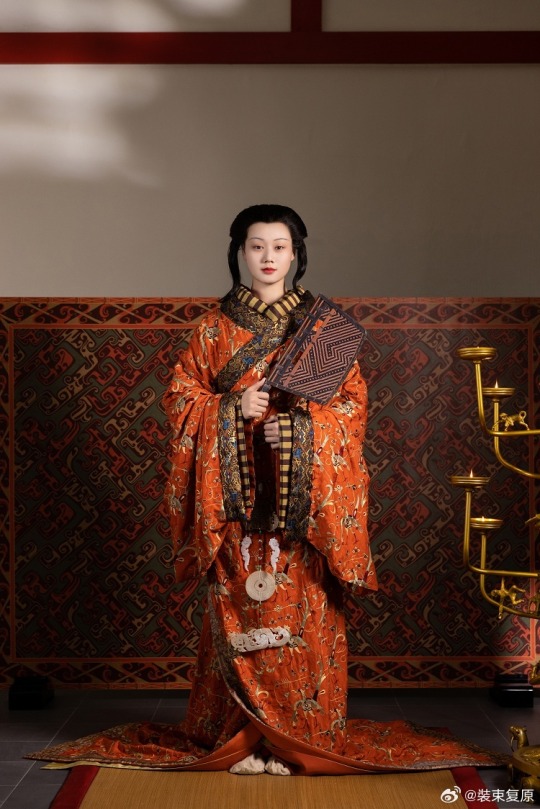
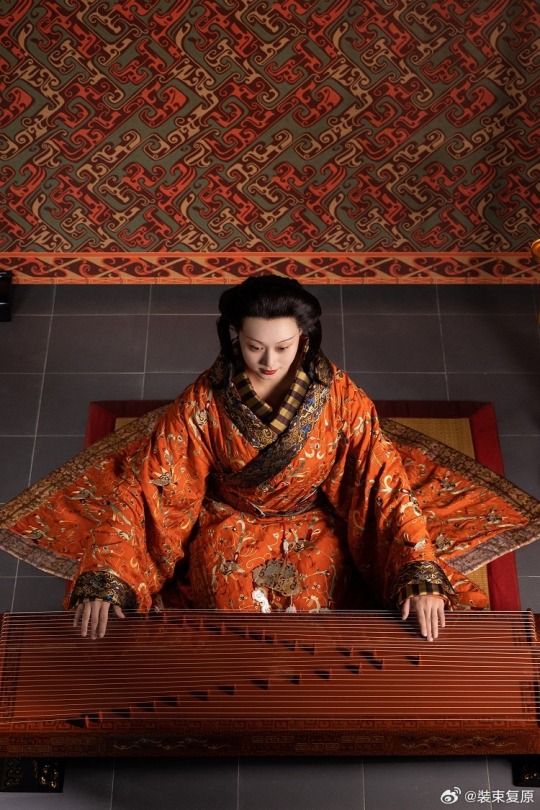
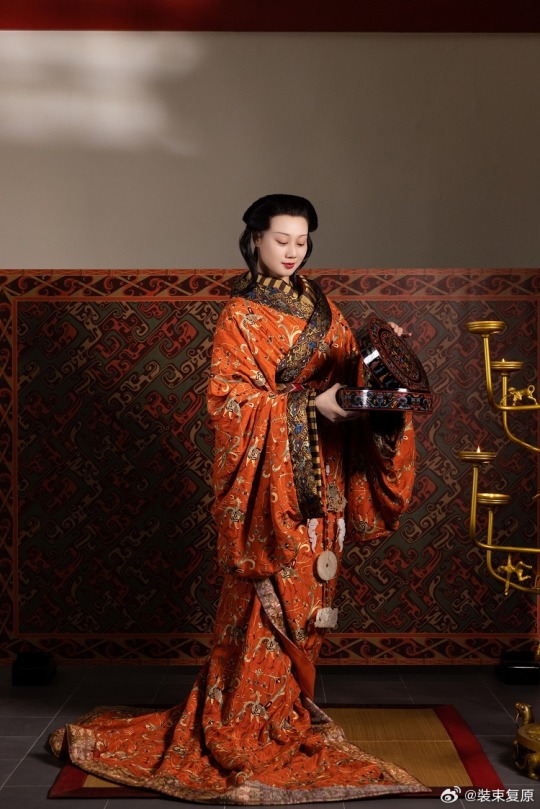
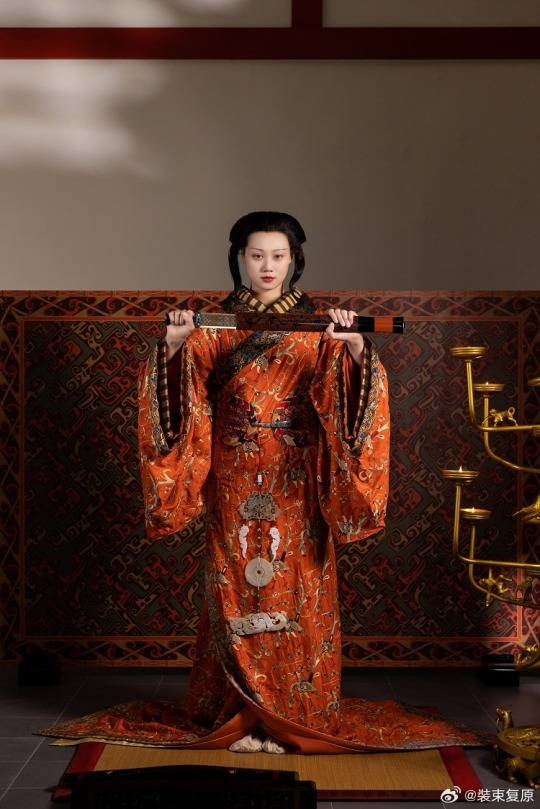
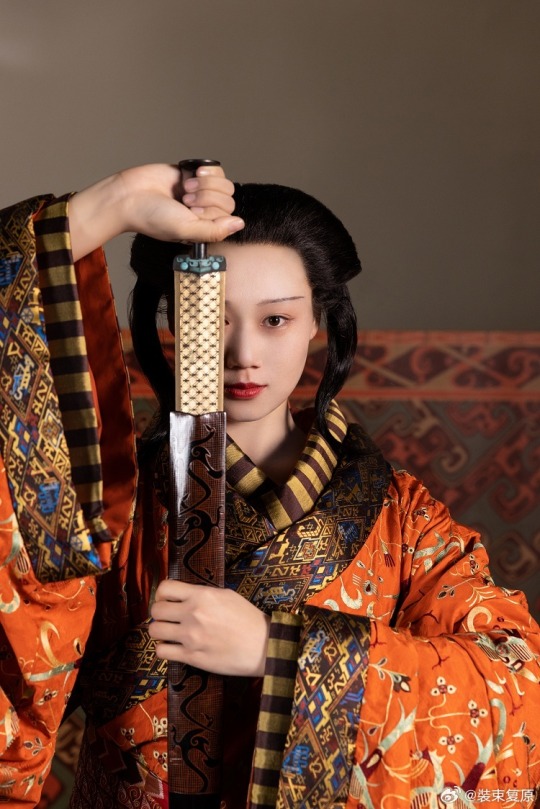
【Historical Artifact Reference】:
Late Warring States period(475–221 BC):Two conjoined jade dancers unearthed from Jincun, Luoyang,collected by Freer Museum of Art

A similar jade dancer was also unearthed from the tomb of Haihunhou, the richest royal family member in the Han Dynasty, and was one of his treasures.
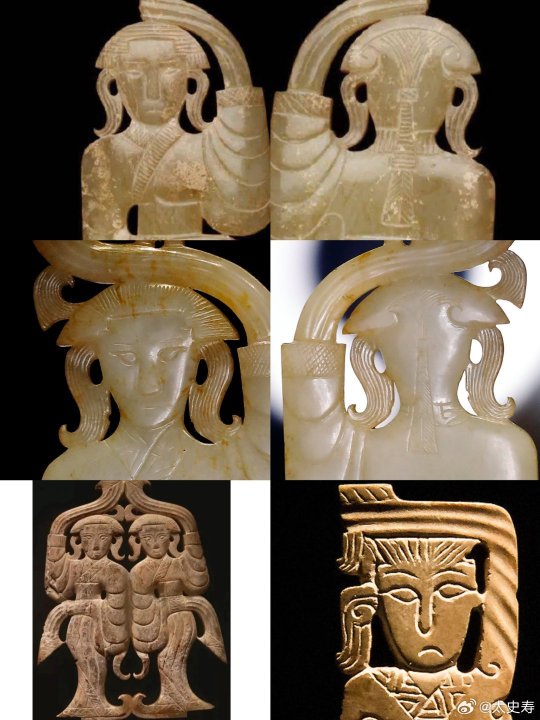
Warring States period, Eastern Zhou dynasty, 475-221 BCE,jade dancer by Freer Gallery of Art Collection.
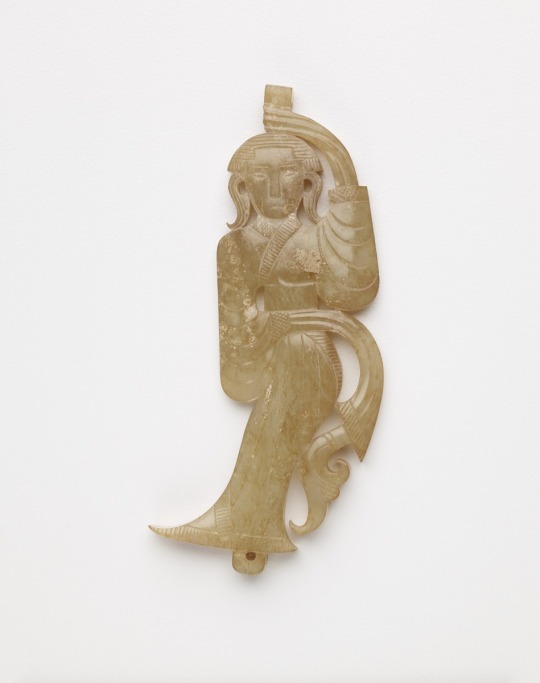
Warring States period(475–221 BC)·Silver Head Figurine Bronze Lamp.Unearthed from the Wangcuo Tomb in Zhongshan state during the Warring States Period and collected by the Hebei Provincial Institute of Cultural Relics and Archaeology
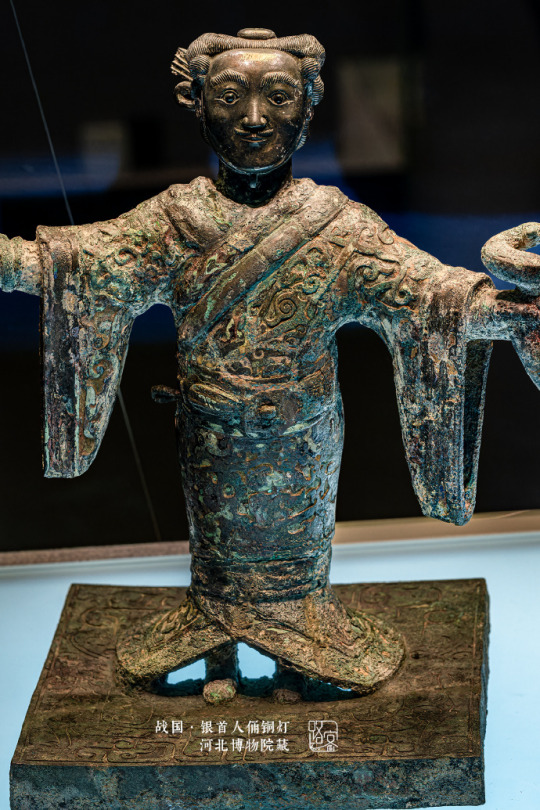


The figurine of a man dressed as a woman holds a snake in his hand, and 3 snakes correspond to 3 lamps.
Sword of Goujian/越王勾践剑:
The Sword of Goujian (Chinese: 越王勾践剑; pinyin: Yuèwáng Gōujiàn jiàn) is a tin bronze sword, renowned for its unusual sharpness, intricate design and resistance to tarnish rarely seen in artifacts of similar age. The sword is generally attributed to Goujian, one of the last kings of Yue during the Spring and Autumn period.
In 1965, the sword was found in an ancient tomb in Hubei. It is currently in the possession of the Hubei Provincial Museum.
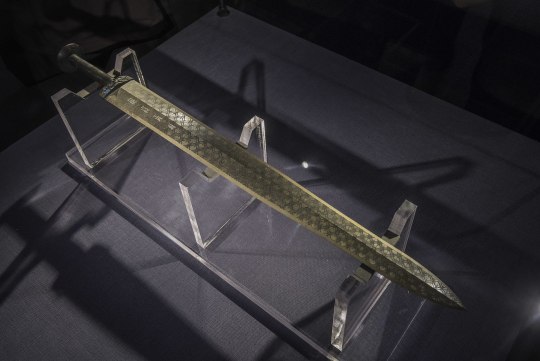
【Histoty Note】Late Warring States Period·Noble Women Fashion
The attire of noblewomen in the late Warring States period, as reconstructed in this collection, is based on a comprehensive examination of garments and textiles unearthed from the Chu Tomb No. 1 at Mashan, Jiangling, as well as other artifacts from the same period.
During the late Warring States period, both noble men and women favored wearing robes that were connected from top to bottom. These garments were predominantly made of gauze, silk, brocade, and satin, with silk edging. From the Chu Tomb No. 1 at Mashan, there were discoveries of robes entirely embroidered or embroidered fragments. The embroidery technique employed was known as "locked stitches," which gave the patterns a three-dimensional, lively appearance, rich in decoration.
The two reconstructed robes in this collection consist of an inner robe made of plain silk with striped silk edging, and an outer robe made of brocade, embroidered with phoenixes and floral patterns, with embroidered satin edging. Following the structural design of clothing found in the Mashan Chu Tomb, rectangular fabric pieces were inserted at the junction of the main body, sleeves, and lower garment of the robe. Additionally, an overlap was made at the front of the main body and the lower garment to enlarge the internal space for better wrapping around the body curves. Furthermore, the waistline of the lower garment was not horizontal but inclined upward at an angle, allowing the lower hem to naturally overlap, forming an "enter" shape, facilitating movement.
The layered edging of the collars and sleeves of both inner and outer robes creates a sense of rhythm, with the two types of brocade patterns complementing each other, resulting in a harmonious effect. Apart from the robes, a wide brocade belt was worn around the waist, fastened with jade buckle hooks, and adorned with jade pendants, presenting an elegant and noble figure.
The reconstructed hairstyle draws inspiration from artifacts such as the jade dancer from the late Warring States period unearthed at the Marquis of Haihun Tomb in Nanchang, and the jade dancer from the Warring States period unearthed at Jin Village in Luoyang. It features a fan-shaped voluminous hairdo on the crown, with curled hair falling on both sides, and braided hair gathered at the back. The Book of Songs, "Xiao Ya: Duren Shi," vividly depicts the flowing curls of noblewomen during that period. Their images of curly-haired figures in long robes were also depicted in jade artifacts and other relics, becoming emblematic artistic representations.
The maturity and richness of clothing art in the late Warring States period were unparalleled in contemporary world civilizations, far beyond imagination. It witnessed the transition of Chinese civilization into the Middle Ages. The creatively styled garments and intricate fabric patterns from the Warring States period carry the unique essence, mysterious imagination, and ultimate romanticism of that era, serving as an endless source of artistic inspiration.
--------
Recreation Work by : @裝束复原
Weibo 🔗:https://weibo.com/1656910125/O6cUMBa1j
--------
#chinese hanfu#Late Warring States Period#Warring States period(475–221 BC)#hanfu#hanfu accessories#chinese traditional clothing#hanfu_challenge#chinese#china#historical#historical fashion#chinese history#china history#漢服#汉服#中華風#裝束复原
90 notes
·
View notes
Text

Jake Disventure Camp God edition
#cereza made art#my art#disventure camp#campamento desventura#disventure camp jake#dc jake#yes I do believe he’s Chinese shut UP#HAN DYNASTY INSPIRED HANFU#han dynasty#hanfu#ohhhhh he’s a god#god god god#disventure camp all stars#campamento desventura Jake#yup#I really wanted to draw him based on that one chang’e artwork and merged both of them#extremely stylised might I add#I have assignments due and I did this instead
24 notes
·
View notes
Text
A woman wearing Chinese armor
#douyin#video#tiktok#hanfu#chinese armor#flashing#eye strain#nvtong tuesday and whatnot 🫡#horses#狗大团子
43K notes
·
View notes
Text
A few transformations
7K notes
·
View notes
Text

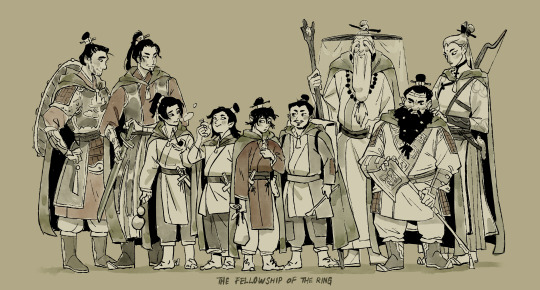


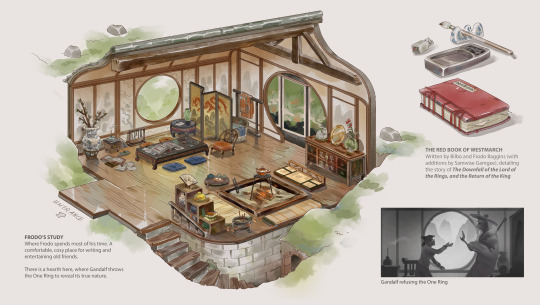

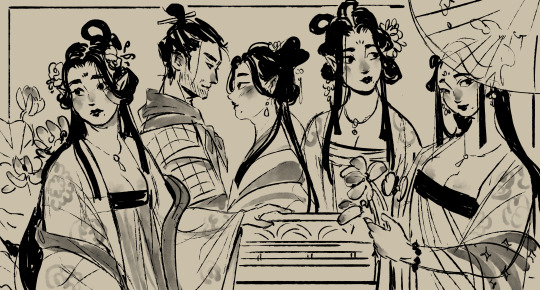
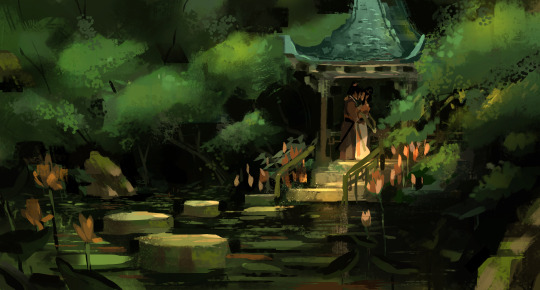
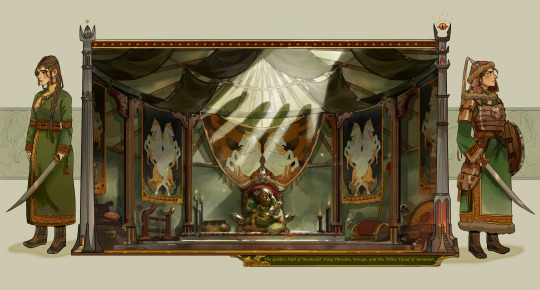

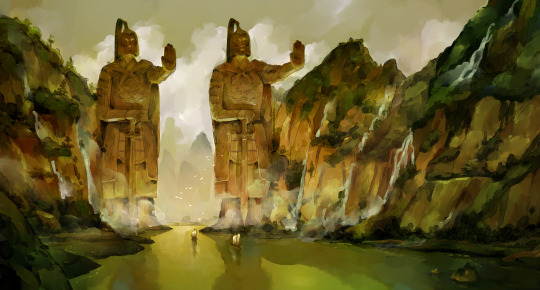
First Post!
I deleted my old tumblr because... man idk why it was covid-times and the prefrontal cortex was not in the room with us!! Anyways, I was reminded by my lovely friend @repecca that tumblr exists, and that some of my work has been going around on here, so I decided to post some of my work up officially!
Starting off with my most notable (?) work to date, here's my LOTR: The Middle Kingdom Project.
Now, it's been over a year since I posted this, and at the time I was... really searchingfor myself artistically, and I decided to go all in on something that I'd been ruminating on for a long time.
So, hello, again. I'm Leia. I do visual development/BG design, and I'm also a writer of things. I love fantasy and transformative work. It's nice to meet you.
#lotr#lord of the rings#the middle kingdom#chinese culture#hanfu#frodo#visual development#visdev#concept art
8K notes
·
View notes
Text
chinese hanfu model invites passersby to take pictures with her (cr: 弥秋君miqiujun)
#china#video#douyin#hanfu#fashion#passersby: motorbikers#grandpa playing cards on the roadside#girl at the cafe#audio#music#chinese fashion#qipao#armor
7K notes
·
View notes
Text
chinese mamianqun by 山靖筵
3K notes
·
View notes
Text
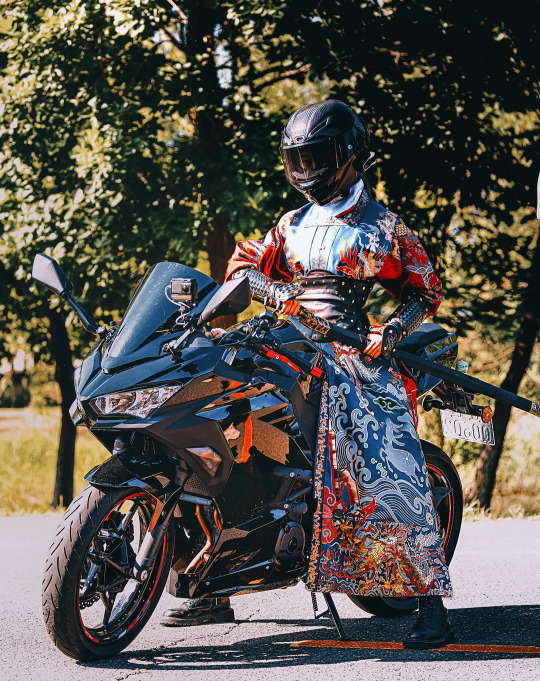
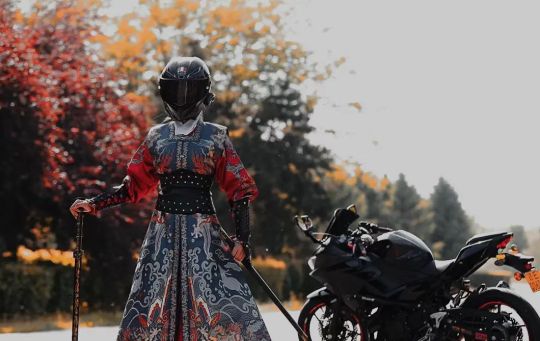
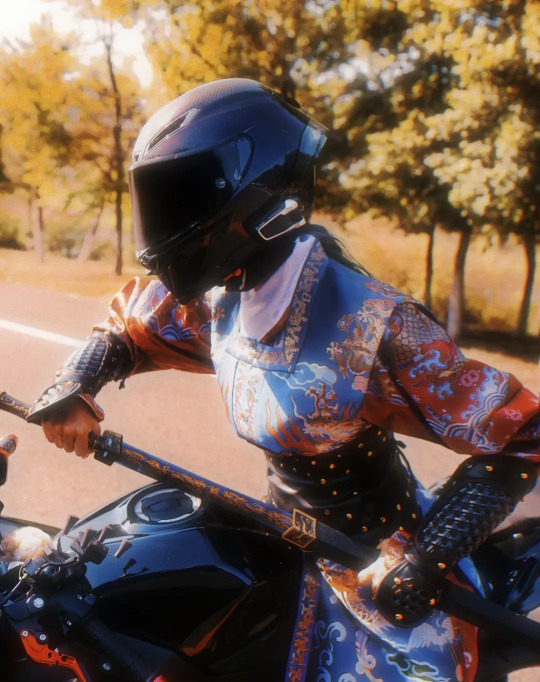
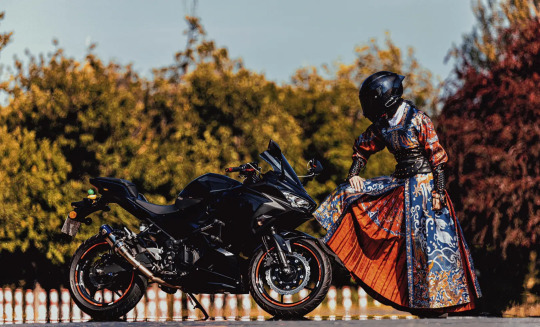
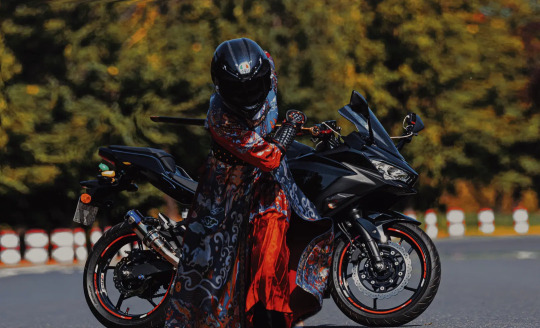
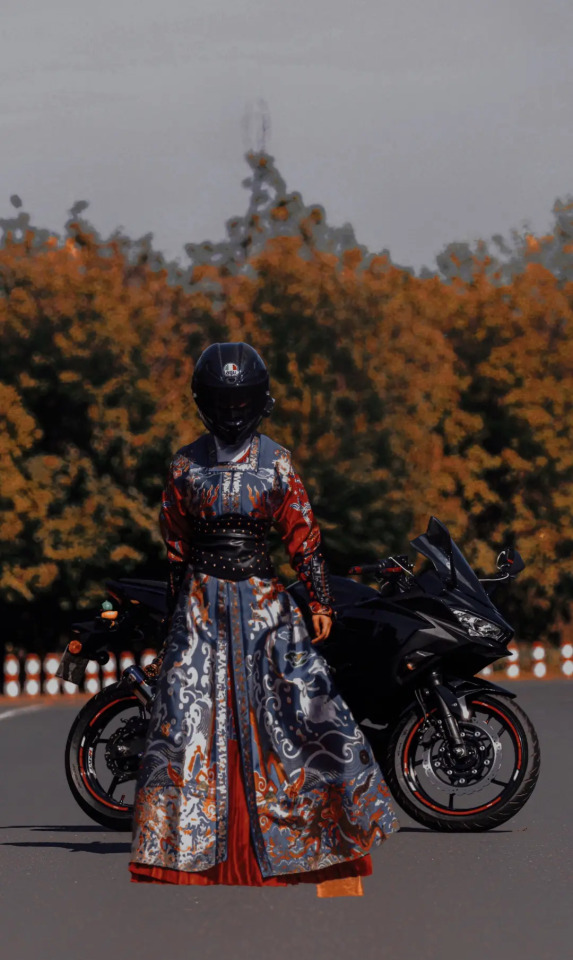
Hanfu and Motorcycle
#hanfu#chinese costume#hanfu model#motorcycle#photography#aesthetic#art#china#asian costumes#chinese clothes#photoshoot#beautiful#fashion#chinese fashion#daxiushan#tang#tang dynasty#song dynasty
34K notes
·
View notes
Text
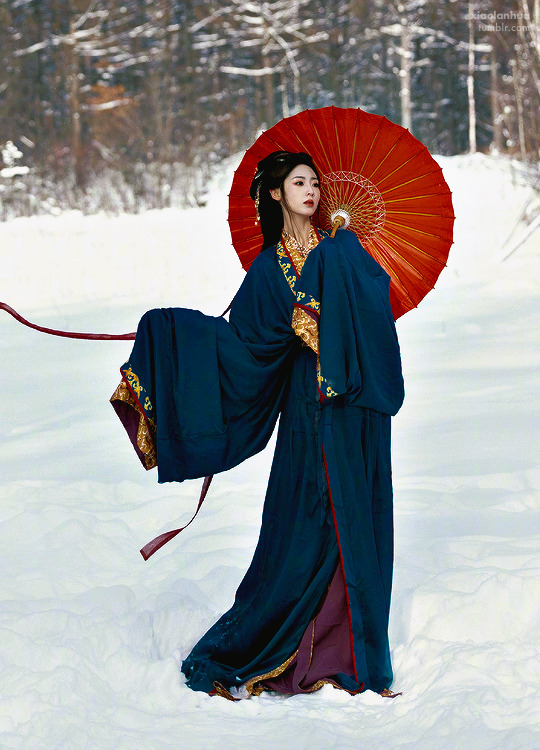
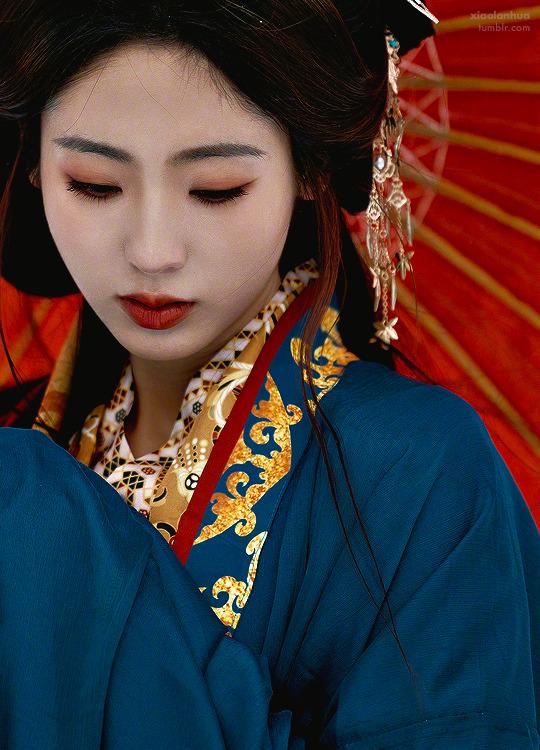
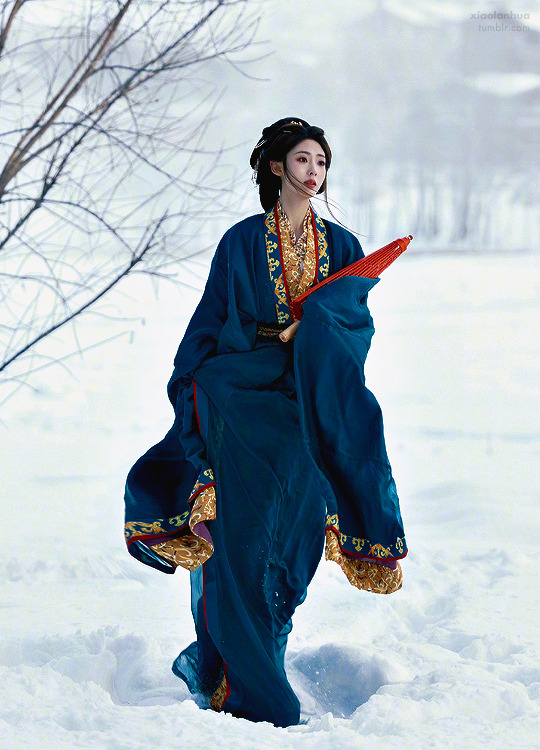

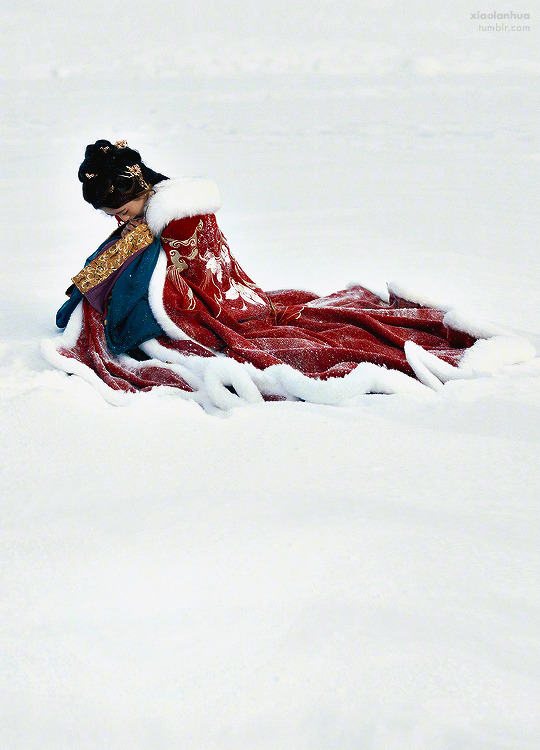
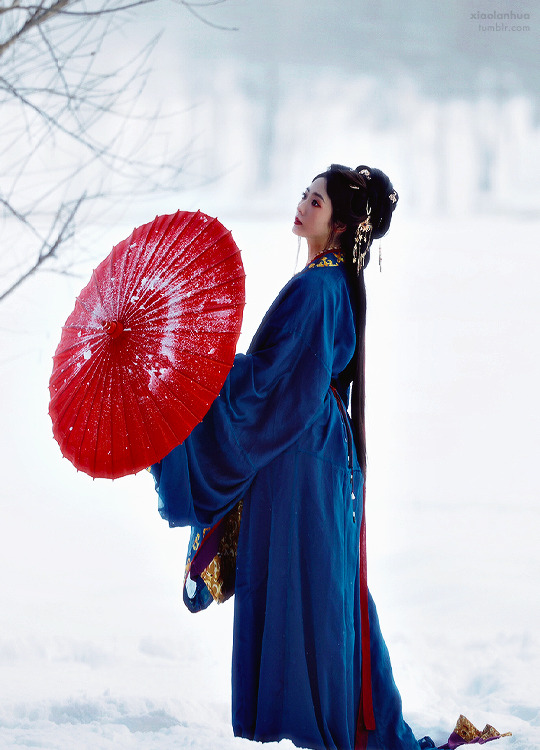

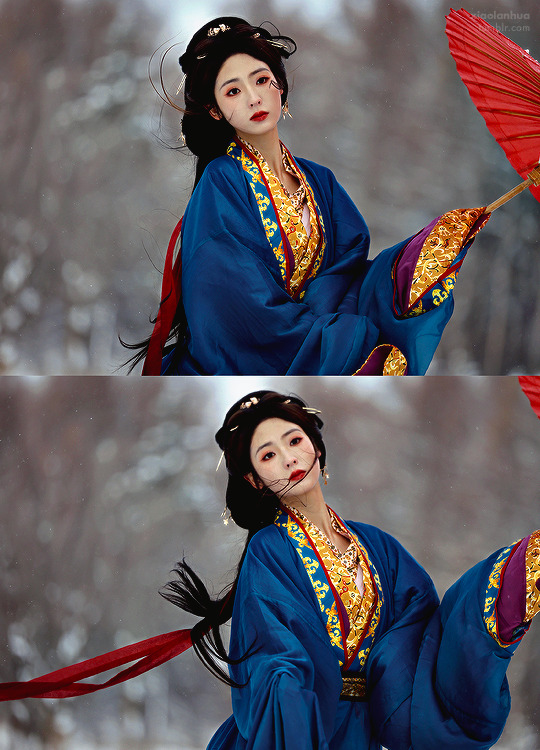
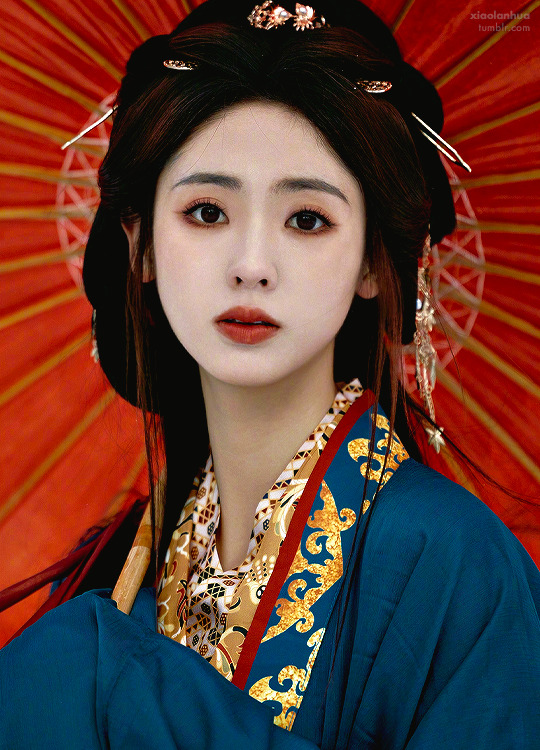

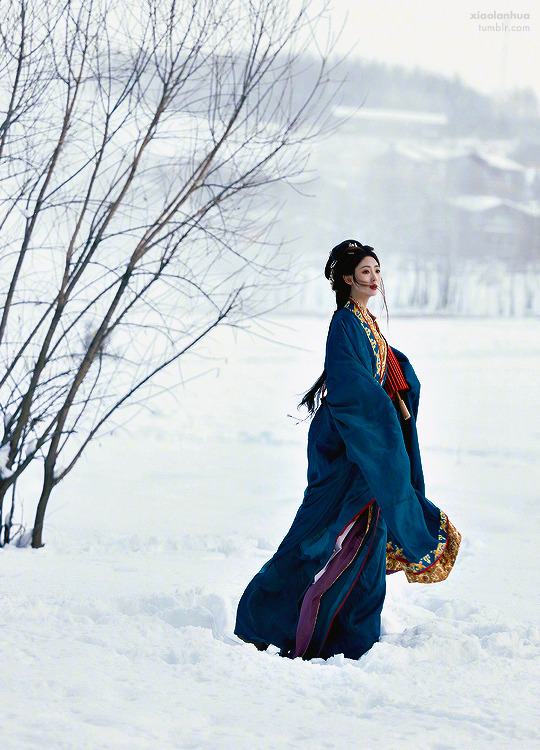
XING FEI
New hanfu photoshoot
#xing fei#chinese actress#cactress#hanfu#chineseartistsinc#chinese fashion#fashion#cdramaedit#userdramas#asiandramanet#my edit#*#flawlessbeautyqueens#ladiesofcinema#userladiesblr#thequeensofbeauty#1k
1K notes
·
View notes
Text

❝You rise with the moon, I rise with the sun.❞
.
《 do not reuse/reupload without permission! 》
#zutara#my art#fan art#zuko#katara#avatar the last airbender#avatar the legend of aang#digital art#digital drawing#hanfu#chinese modern hanfu
915 notes
·
View notes
Text

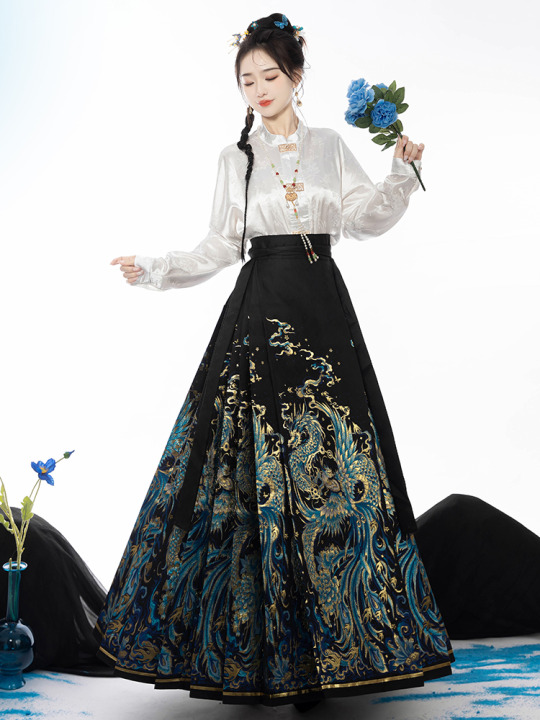


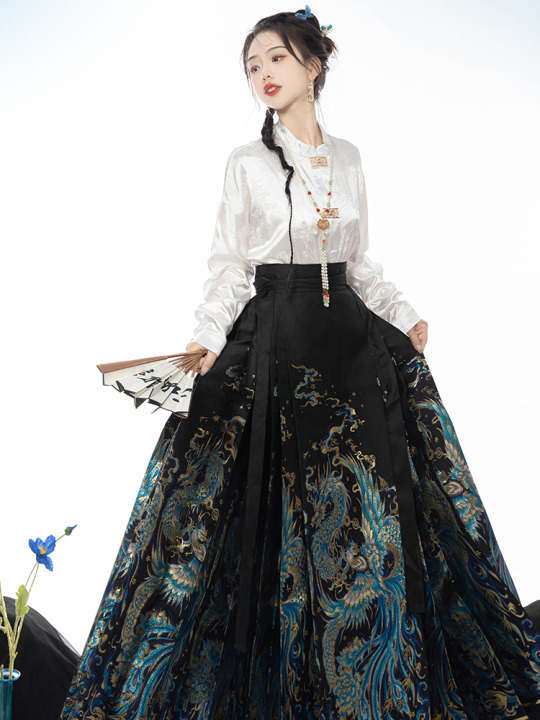


New Release: 【-The Auspicious Loong and Phoenix-】 Qi Lolita Hanfu Style Skirt
◆ Shopping Link >>> https://lolitawardrobe.com/the-auspicious-loong-and-phoenix-qi-lolita-hanfu-style-skirt_p8230.html
568 notes
·
View notes
Text
Comparing mamianqun at different price points
English added by me :)
#douyin#video#tiktok#hanfu#for the anon from yesterday. you can sort of see the diversity in quality here
3K notes
·
View notes
Text
How to wear wrist guards
[eng by me]
11K notes
·
View notes
Text
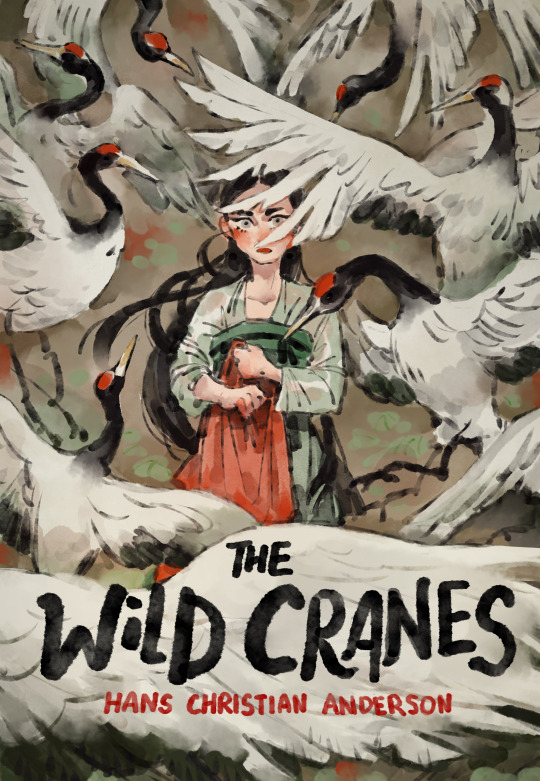
You ever think about Hans Christian Anderson's Wild Swans but set in a fantasy historical c-drama where the Empress Dowager curses the 12 imperial princes?
Well apparently I did, so I made a little cover for that hypothetical situation and had a lot of fun with it!
2K notes
·
View notes
Text
chinese lantern huadeng花灯 by 流小音
2K notes
·
View notes


